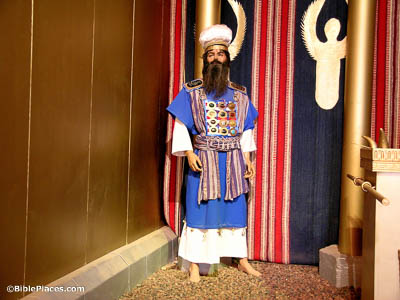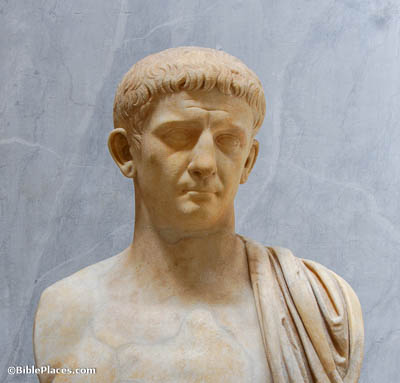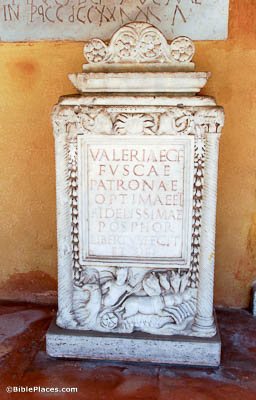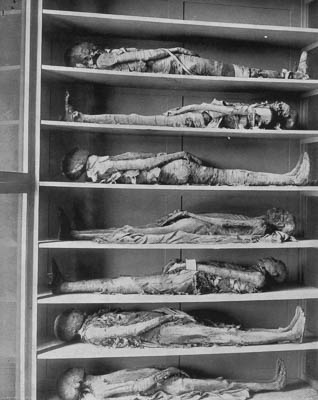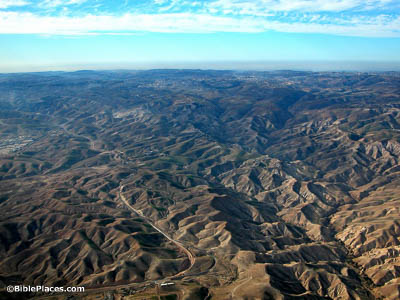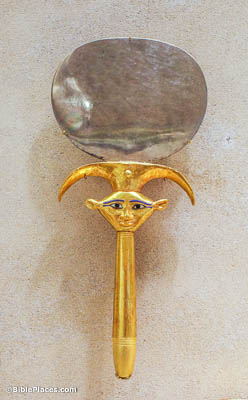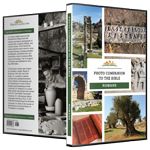Being therefore justified by faith, we have peace with God through our Lord Jesus Christ (Romans 5:1).
In justification, believers are clothed with the righteousness of Christ. This imagery is connected to the apparel of the priests which was required to be clean and acceptable when they appeared before God (Exod 28; Zech 3). It is being clothed in the righteousness of Christ, the perfect high priest, that allows believers to have peace with God and access to His presence. The tabernacle model in which this priest model was photographed is located in Timna Park in southern Israel.
